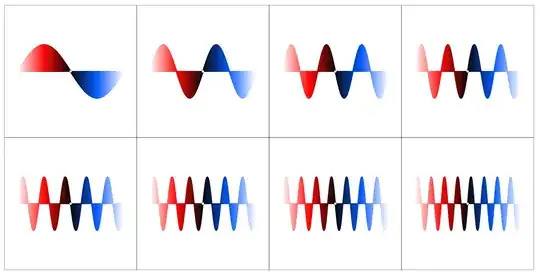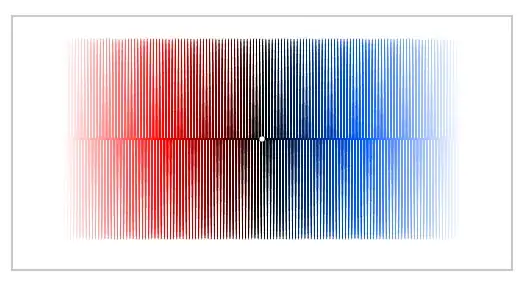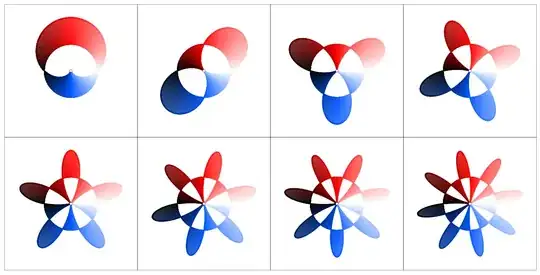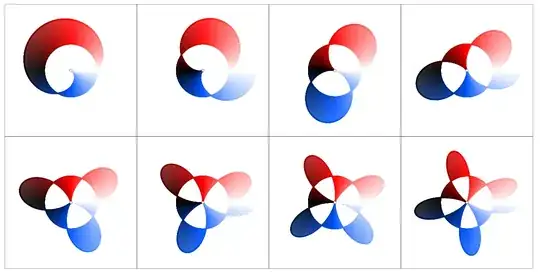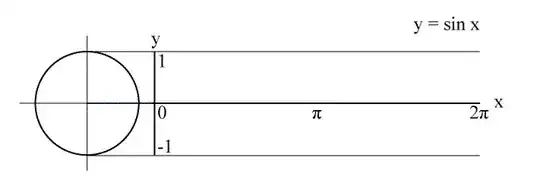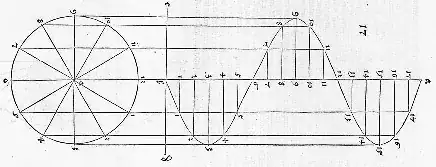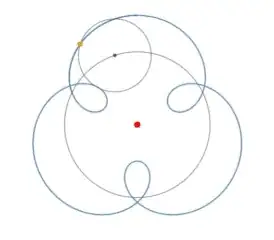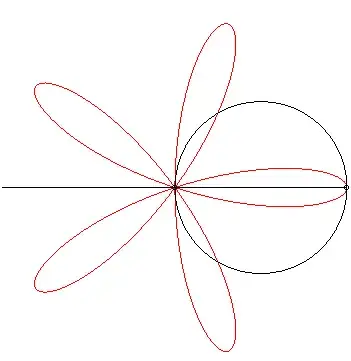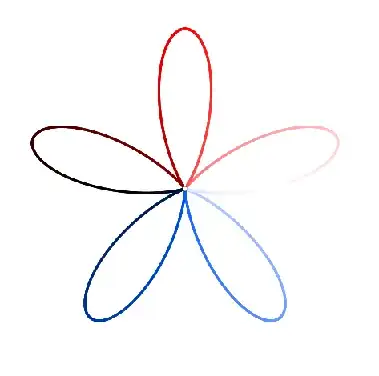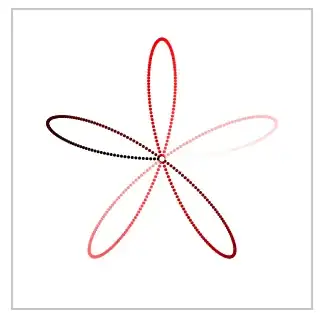The plots of $\sin(kx)$ over the real line are somehow boring and look essentially all the same:
For larger $k$ you cannot easily tell which $k$ it is (not only due to Moiré effects):
But when plotting $\sin(kx)$ over the unit circle by
$$x(t) = \cos(t) (1 + \sin(kt))$$ $$y(t) = \sin(t) (1 + \sin(kt))$$
interesting patterns emerge, e.g. for $k = 1,2,\dots,8$
Interlude: Note that these plots are the stream plots of the complex functions
$$f_k(z)=\frac{1}{2i}(z^k - \overline{z^k})z $$
on the unit circle (if I didn't make a mistake). Note that $f_k(z)$ is not a holomorphic function.
You may compare this with the stream plot of
$$g_k(z)=\frac{1}{2i}(z^k - \overline{z^k}) = f_k (z)/z$$
with $g_k(e^{i\varphi}) = \sin(k\varphi) $:
[End of the interlude.]
Even for larger $k$ one still could tell $k$:
Furthermore you can see specific effects of rational frequencies $k$ which are invisible in the linear plots. Here are the plots for $k=\frac{2n +1}{4}$ with $n = 1,2,\dots,8$:
The main advantage of the linear plot of $\sin(kx)$ is that it has a simple geometrical interpretation resp. construction: It's the plot of the y-coordinate of a point which rotates with constant speed $k$ on the fixed unit circle:
Alternatively, you can look at the sine as the projection of a helix seen from the side. This was the idea behind one of the earliest depictions of the sine found at Dürer:
Compare this to the cases of cycloids and epicycles. These also have a simple geometrical interpretation - being the plots of the x- and y-coordinates of a point on a circle that rolls on the line
resp. moves on another circle with constant speed
My question is:
By which geometrical interpretation resp. construction (involving circles or ellipses or whatsoever) can the polar plots of $\sin$ be seen resp. generated? Which construction relates to the construction of $\sin$ by a rotating point on a circle in the way that the construction of epicycles relates to the construction of cycloids?
Just musing: Might this question have to do with this other question on Hidden patterns in $\sin(kx^2)$? (Probably not because you cannot sensibly plot $\sin(kx^2)$ radially, since there is no well-defined period.)
